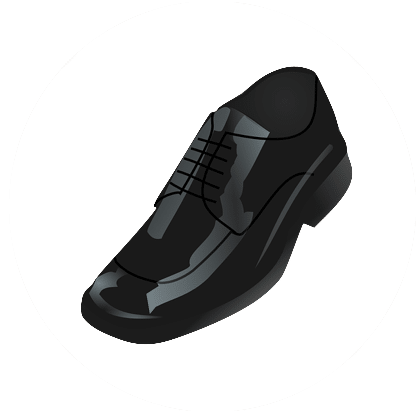
Colour Therapy is an important aspect in any field of art. They make or break the execution of a concept. The first thing a designer does is fixate on a color palette. As a consumer the first thing that attracts you is the color of the silhouette. Colors majorly indicate the psychology of the human. It sends a message about the person’s personality. Different occasions dictate suitable colors. Red for instance dictates passion. Blue makes you look trustworthy and loyal. Grey is quite the formal shade. Yellow makes you look friendly and cheerful. Colors around you on the walls hold upon your mood. Light Green/light shades keep you calm.
The Bauhaus movement was Founded by German architect Walter Gropius. Key artists of the movement were Anni and Josef Albers, László Moholy-Nagy, and Wassily Kandinsky.
The Bauhaus philosophy defined a new aesthetic around its ideals: simplicity, utility, and function with a view towards the future. This conceptual approach transformed the look and feel of the arts. These Bauhaus hallmarks are very apparent—even a century later—in the lines, geometry, and color of modern stylings.Minimalism comes to light in varied modes of fashion design. Icon Jil Sandler is known for refined shapes and neutral palettes. The first luxury house to collaborate with a sneaker company, Sander translated her simple elegance for the King sneaker with Puma in 1996 and the +J collection with Uniqlo in 2009—touching on the collective, innovative Bauhaus spirit.
Contemporary brand Khaite unveiled its own version of practical simplicity—updated, classic pieces with a feminine sensibility for Fall/Winter 2019.
Other keystones of Bauhaus style include geometry and primary color. The fashion brand Emilio Pucci has long-used angular, color-blocked patterns in its designs since its eponym founded it in 1949.






